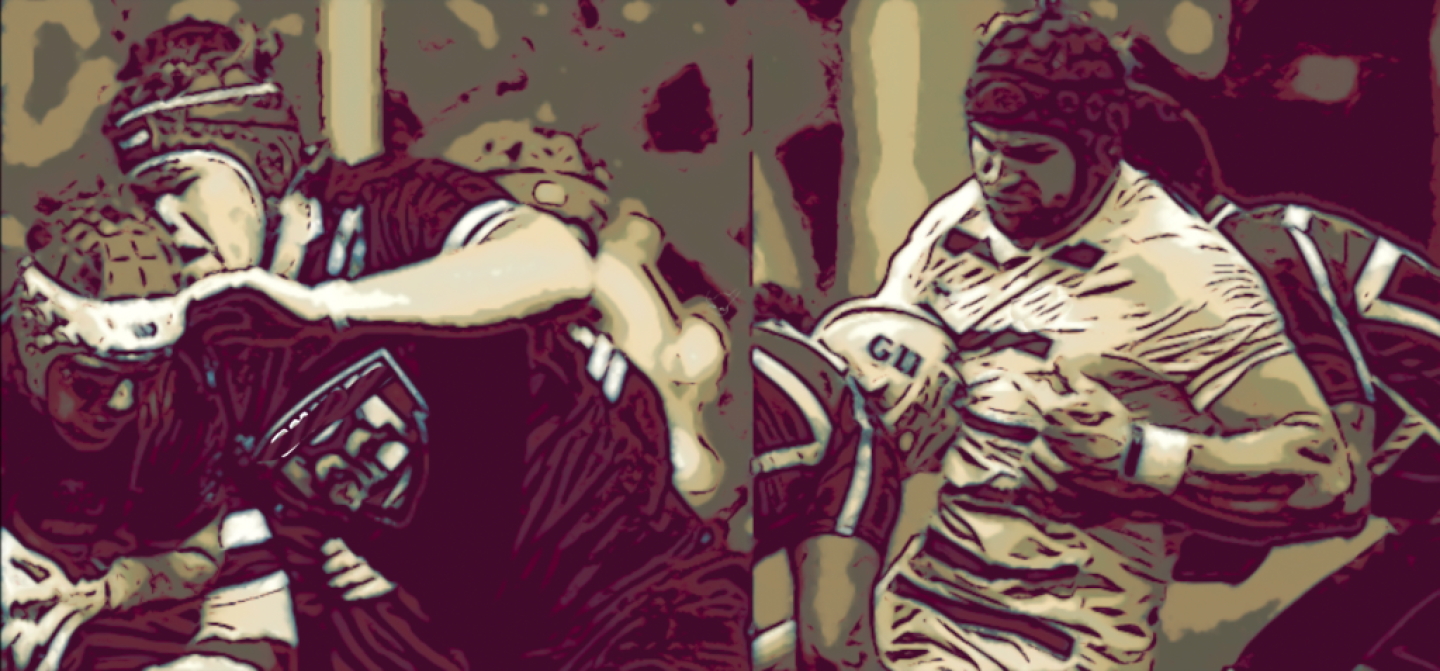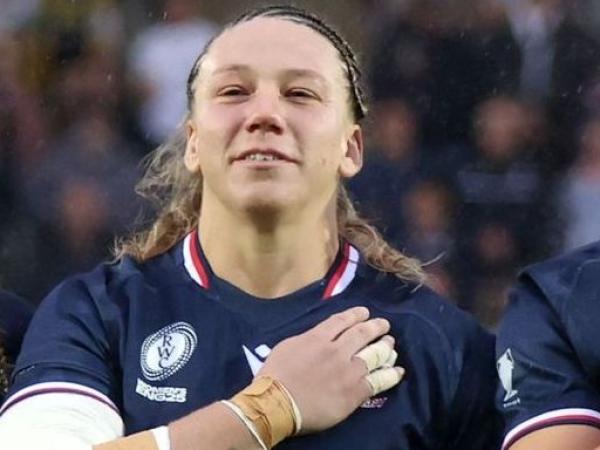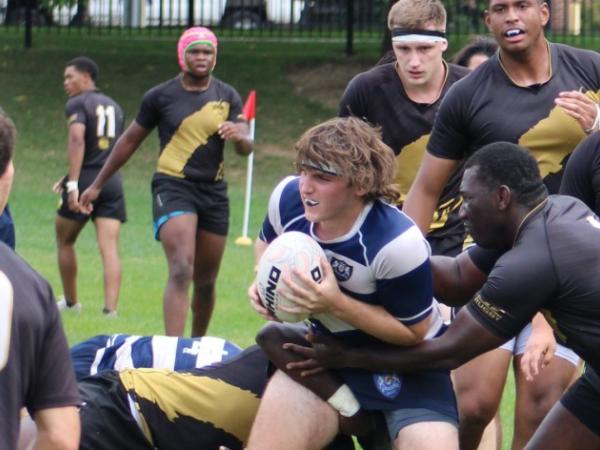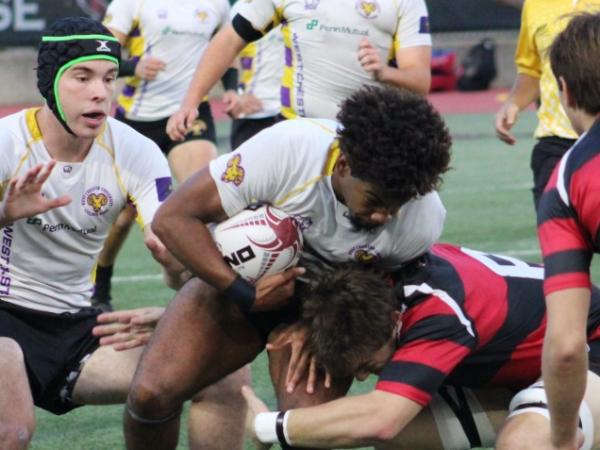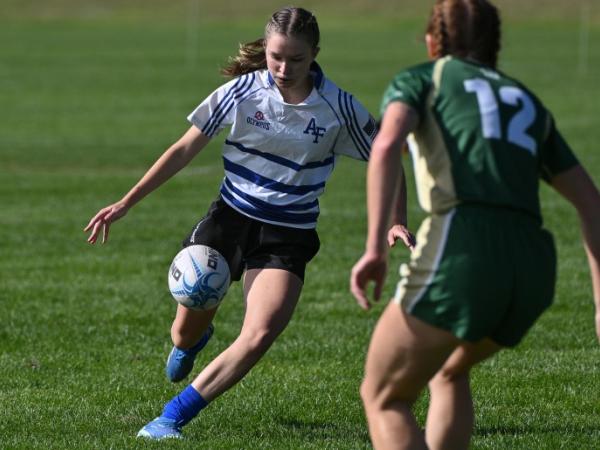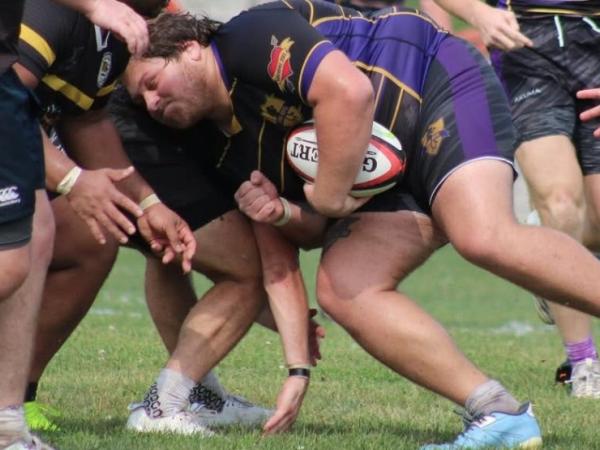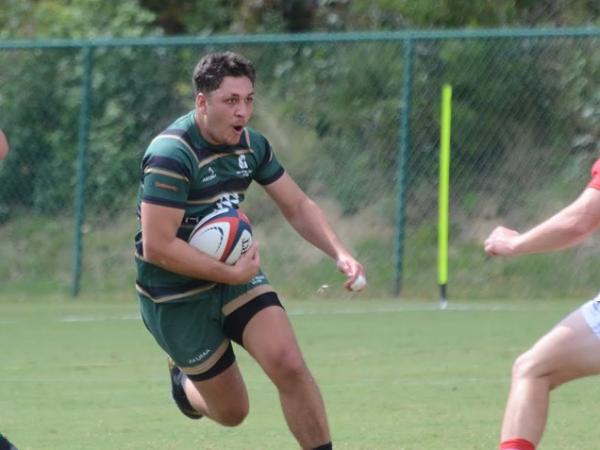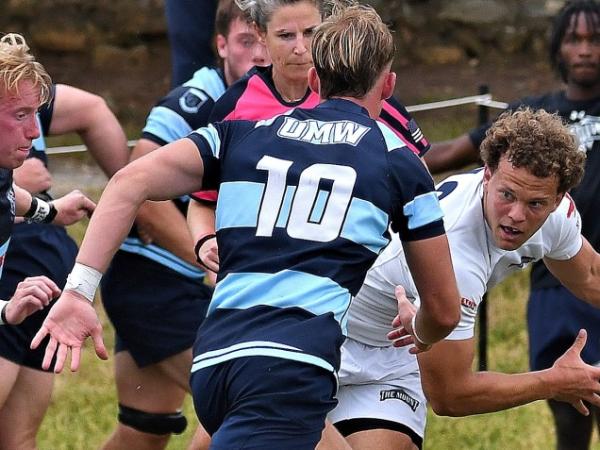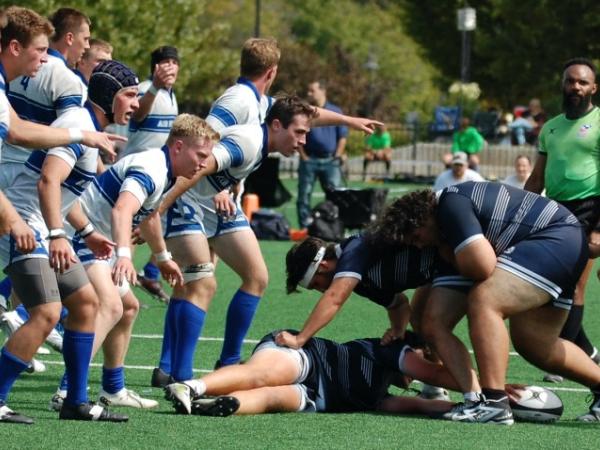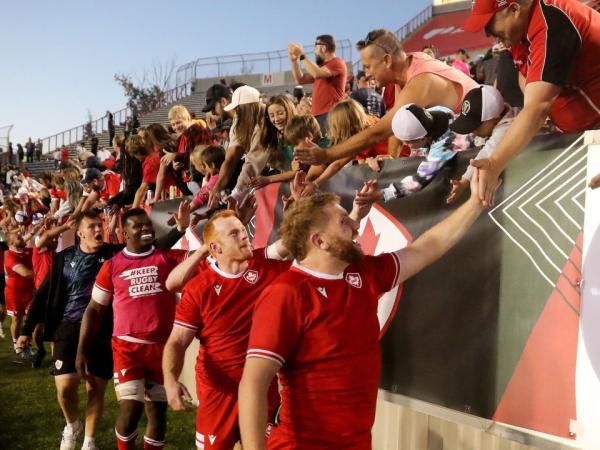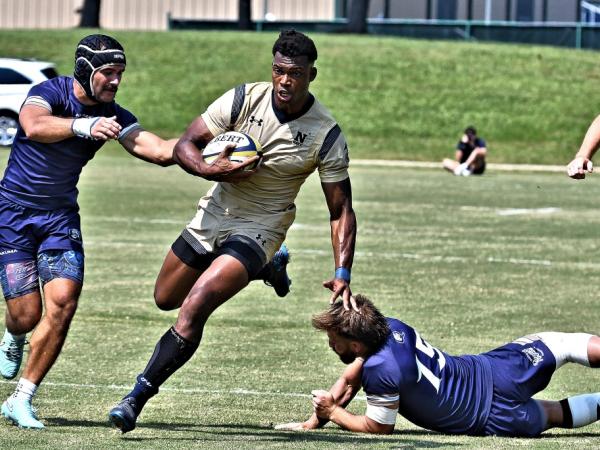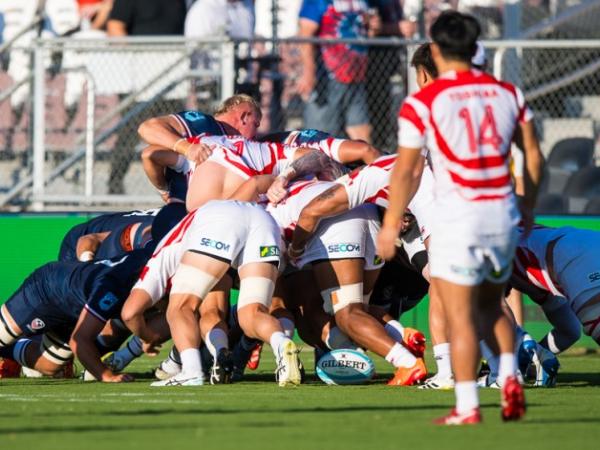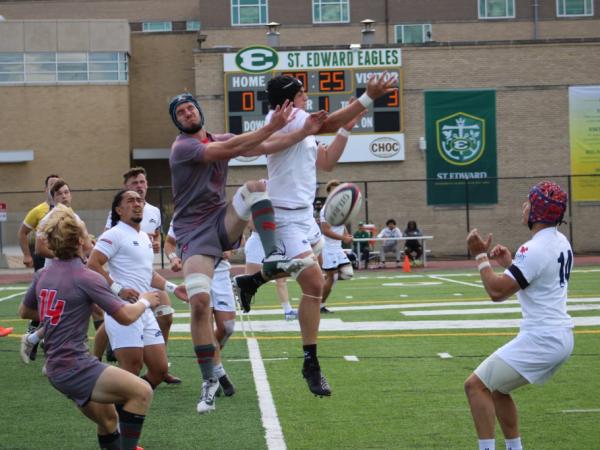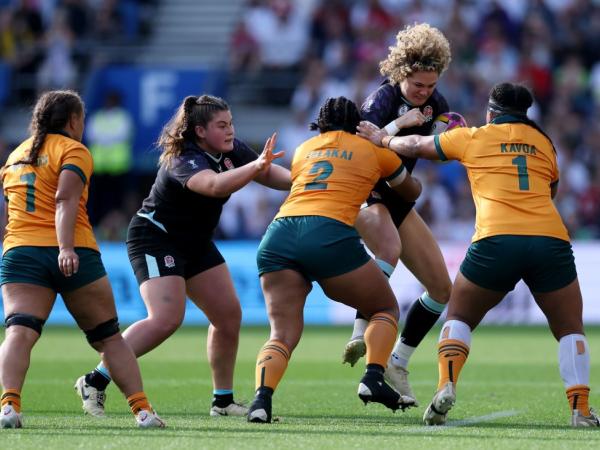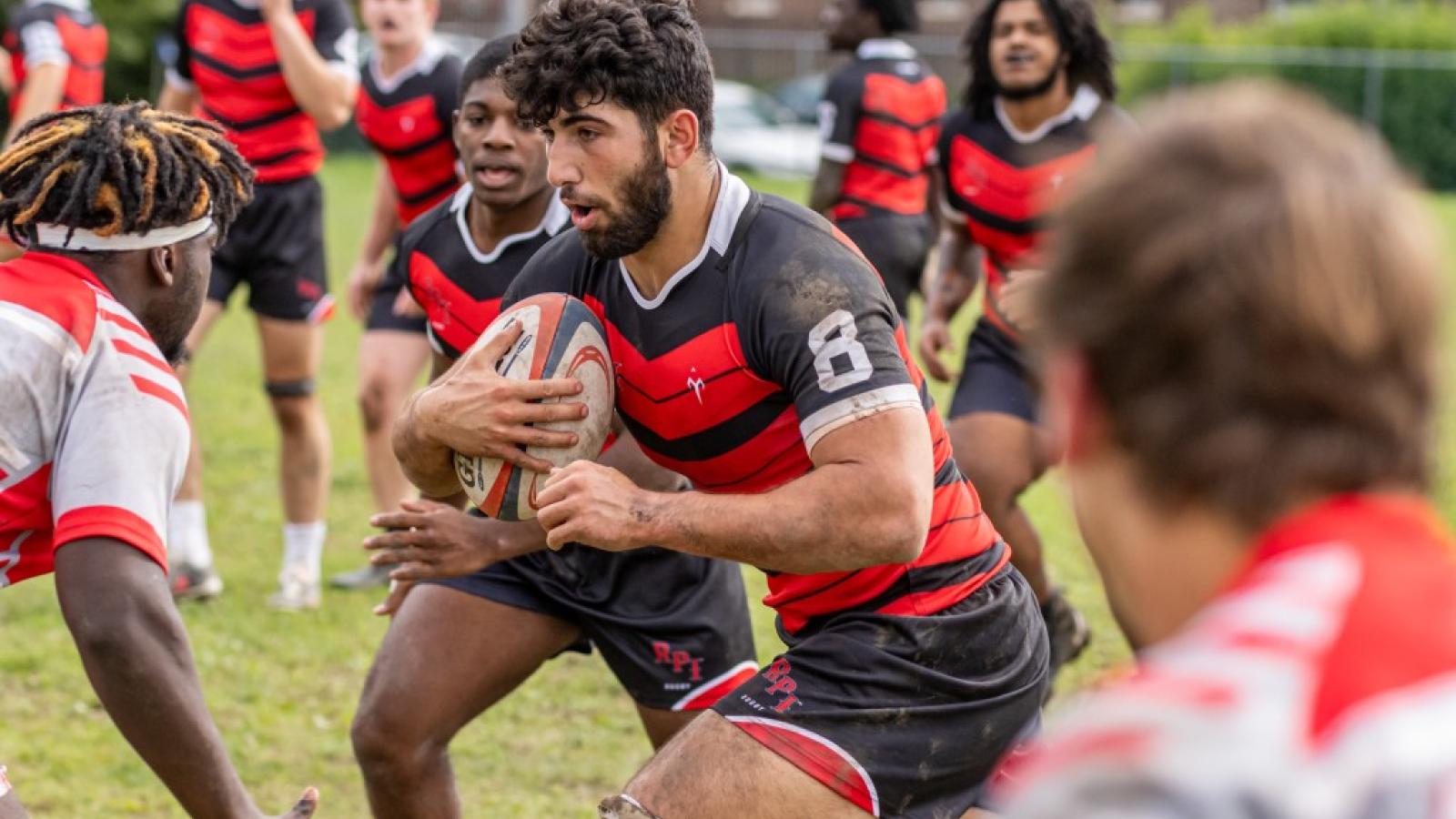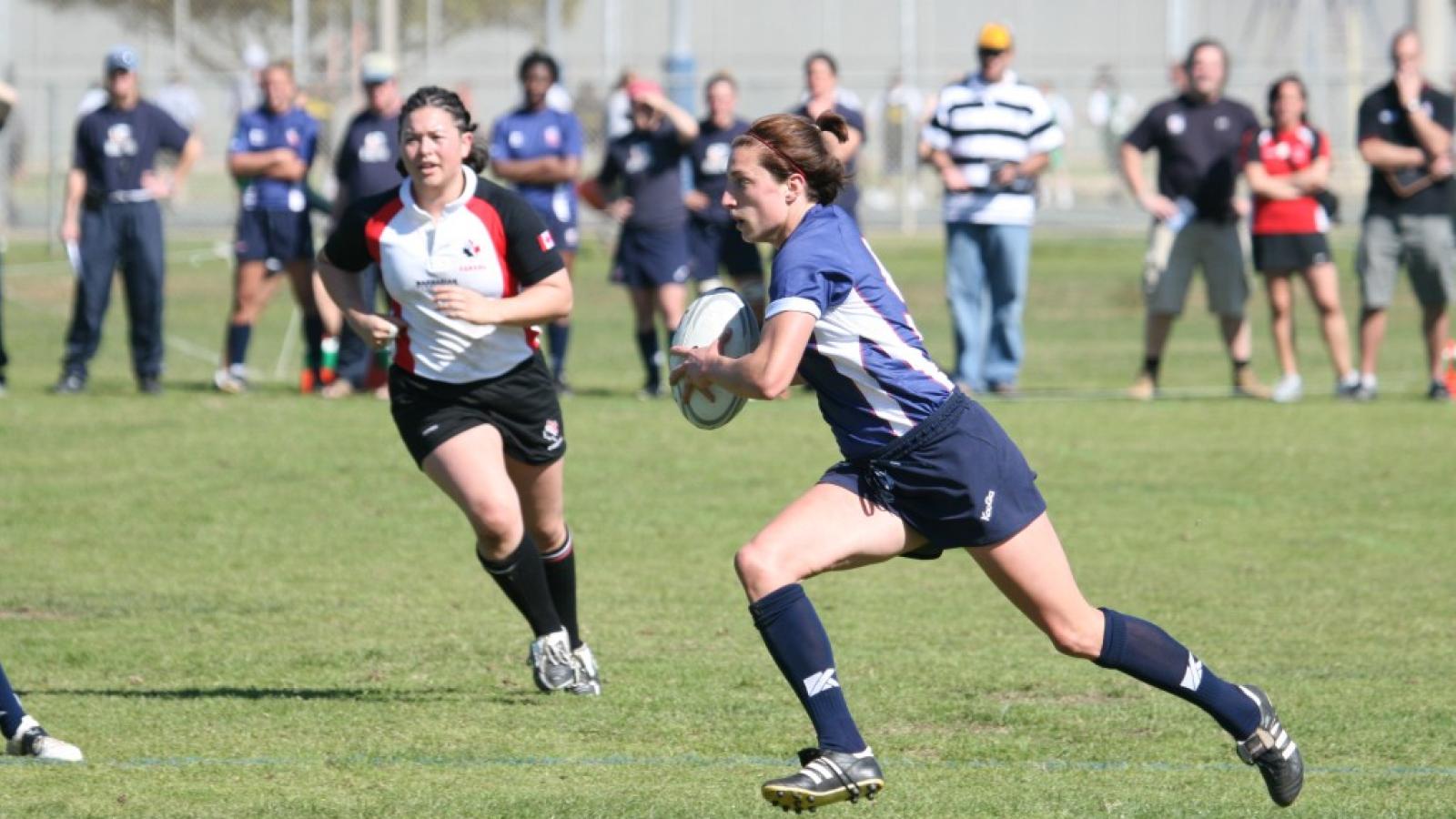(Op-Ed by Dave Miller)—After watching Goff Rugby Report’s four-part series on college rugby, it's saddening to see the continued disintegration of college rugby between National Collegiate Rugby and CRAA, as it carries implications on the growth of the game; the culture of our sport; the opportunity of player development, and; the future potential of the Eagles.
Can College Rugby All Get Along? Part 1
Can College Rugby All Get Along? Part 2
Can College Rugby All Get Along? Part 3
The Championship Dilution
What is most pronounced is how diluted the term “Championship” has become. It’s interesting that the college conversation pivots so significantly on the "Championship” – as if the purpose of a college competition is simply a means of producing a “champion” at the end: playing for trophies.
What’s grossly missing from National Collegiate Rugby's calculation is that the ethos of intercollegiate athletics should seek to have young people challenged in a meaningful way, in a meaningful playing window –– from which a champion emerges.
The “Champion” isn’t the goal. The champion is the result of the competition, not the purpose of the assembly. Having so many ‘championships’ has led to an undesirable side of college rugby right now, where coaches, substantially at small, under-enrolled private universities are being tasked to drive enrollment, using rugby as the commercial hook. The easier attainment of some kind of 'championship is a marketing allure, for purposes unrelated to rugby, that substantially keeps NCR viable. But in several increasingly evident ways that’s coming at the expense of American players and their development.
Player Development
College rugby exists because rugby is fun to play, and as players and teams increasingly challenge themselves, they become better at the sport. And in the context of higher education, authentic competition also helps them become a better adult. On a rugby level, one way to measure who is developing players is to look at a large sample of what players play at a higher level. So let’s take a look at the Major League Rugby Draft to illustrate this.
There are a lot of variables to measuring the productivity of an MLR Draft.
- Some players get drafted and don’t sign;
- Some players play a year, get injured a second year, then return;
- Some get drafted and choose to play close to home, even when their local MLR club doesn’t need them;
- Some players only play a season;
- Some get drafted, and then defer a season, etc.
But if you were to look over a larger player set (100+), over an accumulating 3-year draft period (’21-’23 Draft), these individual variables begin to distribute themselves over a player population, and start to reveal determinant variables.
The last three MLR Drafts have selected 117 players:
- 60 from CRAA programs
- 38 from NCR programs
- 19 from Canadian Universities
Of the 39 players selected each year in the MLR Draft, the share from NCR is falling, relative to CRAA.
2021 – 19 NCR / 15 CRAA
2022 – 10 NCR / 20 CRAA
2023 – 9 NCR / 25 CRAA
The cumulative number of playing minutes, accruing over 3 seasons, for '21-'23 draftees, by collegiate conference.
CRAA – 19,095’
NCR programs – 5,679’
On a per-player basis, CRAA players are earning more MLR playing time, too.
Average minutes, CRAA drafted players – 173.59'
Average minutes, NCR drafted players – 66.03’






